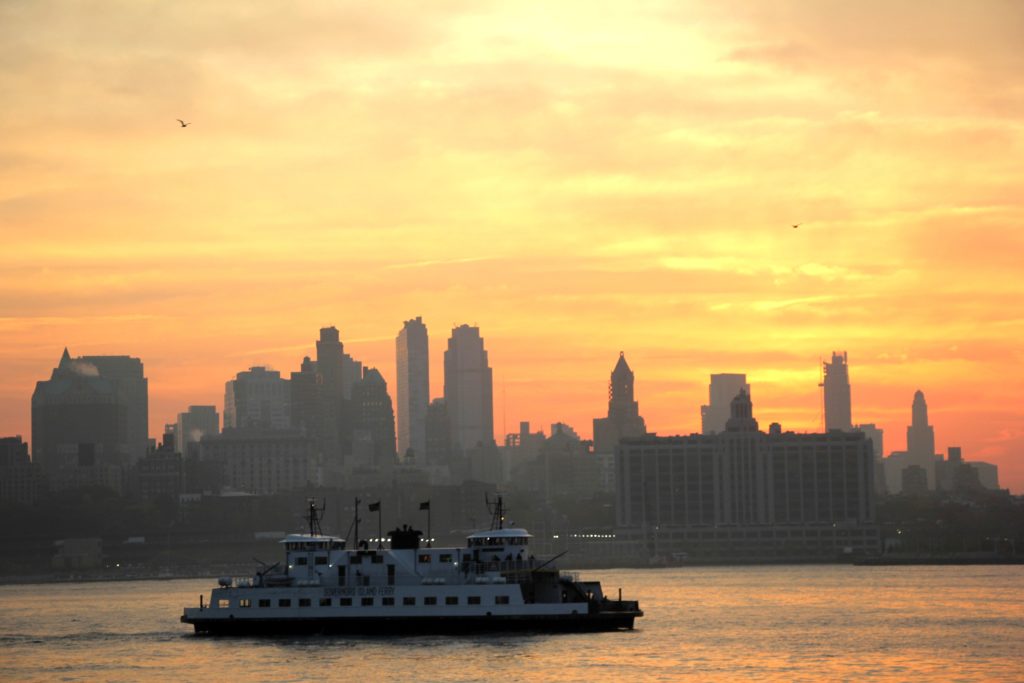New York City rivers named America’s second most endangered for 2019
Eco-activists say city's flood-proofing plans are a big threat

The Hudson River was named the second most endangered river in America for 2019 in a report released Tuesday, and the authors say that the government’s anti-flooding proposals threaten to accelerate ecological decay.
Storm surge barriers, proposed by the U.S. Army Corps of Engineers to protect property along the city’s coastline, and climate change are the biggest threats to the Hudson River Estuary, according to American Rivers, a nonprofit dedicated to protecting the country’s waterways. The estuary includes both the Hudson River and the East River.
“The Hudson River and rivers across the country will be profoundly impacted by climate change and we have a moral responsibility to ensure our communities are adapting to increasing floods and storm surge,” Eileen Shader, director of River Restoration at American Rivers, told the Brooklyn Eagle.

Brooklyn Boro
View MoreNew York City’s most populous borough, Brooklyn, is home to nearly 2.6 million residents. If Brooklyn were an independent city it would be the fourth largest city in the United States. While Brooklyn has become the epitome of ‘cool and hip’ in recent years, for those that were born here, raised families here and improved communities over the years, Brooklyn has never been ‘uncool’.